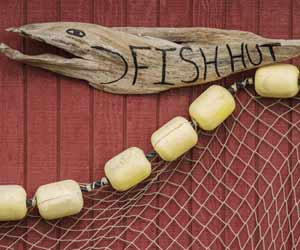Life Cycle of the Salmon
Everyone working in the salmon fishing industry should understand a few basic facts about the life cycle of the salmon. To begin with, all harvested species of salmon are anadromous, meaning they live in both fresh and salt water during their life span.

The amazing life of Alaska salmon begins in fresh water. After hatching, young salmon (smolt) remain in slow-moving sections of rivers and streams for roughly a year, or until they have grown large enough to survive in the ocean. At this time, these salmon find their way to the ocean and remain there for the next few years. During the first year, they tend to remain close to shore, feeding on small fish and crustaceans. By their second year, they will have gained enough weight to move out into open water. Most species of salmon spend anywhere from 1-10 years at sea, swimming to feeding grounds that are often over 1,000 miles away.
Although salmon spend most of their lives in salt water, they return instinctively to the rivers and streams of their origin to spawn. It is not known for certain how the fish know exactly where to return; however, there are many theories that attempt to explain this phenomenon. The most popular maintains that salmon are able to sense, through smell, the various minerals specific to their river of origin. Upon reaching their spawning grounds, males and females pair up to spawn. When the time is right, the female fish digs a nest with her tail into which she deposits her eggs. Her mate will fertilize the eggs with his “milt” or sperm. Their journey complete, the salmon live for a short time longer before dying. Their carcasses become valuable food for eagles, bears, and many other animals.


 Teach English in Asia
Teach English in Asia  Cruise Ship Jobs
Cruise Ship Jobs  Alaska Fishing Industry Jobs
Alaska Fishing Industry Jobs  Sharing Economy / Gig Economy
Sharing Economy / Gig Economy